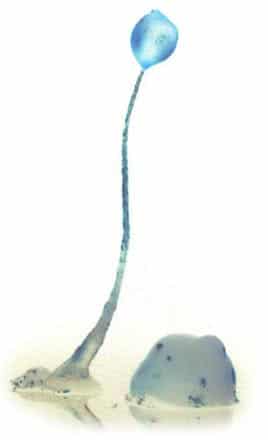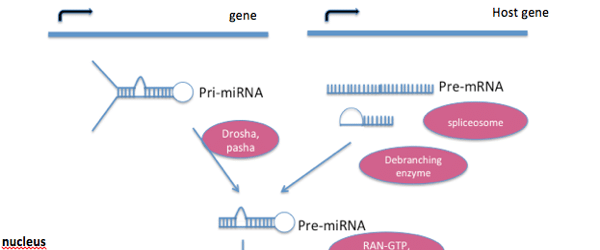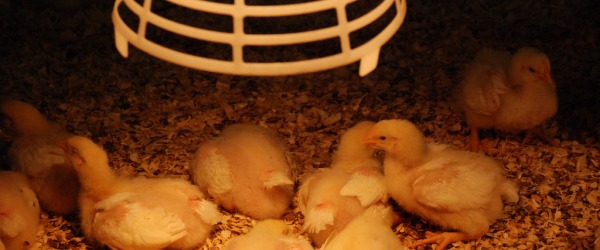The literature is bursting at the seams with information about plasmids, sequences, origins of replication and more, and it can be overwhelming to sift through everything (at least for me!) when all you want is to find out a simple fact about your plasmid of choice!!
This series of 3 articles aims to take a short cut through this literature and tackle some of the major questions that influence how you work with plasmids, such as plasmid replication, copy number (what options are available) and compatibility.
In this first article, we will take a look at the commonly used pBR322 plasmid, it’s origin of replication, and the mechanism that controls copy number and replication for pBR322 and related plasmids.
The pBR322 plasmid
The pBR322 plasmid was one of the first E. coli vectors to be widely used for cloning and it remains a workhorse in many laboratories around the world today. Created in the lab of Herbert Boyer (UC Davis) in 1977, it derives its name from the two Mexican scientists who made it; Boliver (B) and Rodriguez (R), respectively (1).
pBR322 is just under 4.5 kb in length and comprises the following technical components:
- Replication of origin (also known as ori site) from plasmid pMB1
- The ampR gene, encoding the ampicillin resistance protein from plasmid RSF2124
- The tetR gene, encoding the tetracycline resistance protein from plasmid pSC101
The DNA sequence of pBR322 can be found at Genbank (Accession no. J01749.1).
The pBR322 replication of origin
What are replication origins?
For a plasmid to be propagated in its host, it needs to be replicated by the host replication machinery. The origins of replication (ori) are plasmid-borne DNA sequences that direct the host cell to initiate plasmid replication and are thus essential for plasmid propagation. This is accomplished by various proteins (initiators and repressors) binding to the sequence that make up the ori.
The ori in pBR22 is called pMB1 and plasmids containing this ori belong to the ColE1 family of plasmids. You can find the origin of replication of a plasmid by looking at its plasmid map.
Regulation of plasmid copy number – brief introduction
Plasmids are considered to be single-, multi- and high-copy, depending on the average number of copies found in each host cell. Members of the ColE1 family are multicopy plasmids, and pBR322 is usually found at 15–20 copies per cell.
In general, control of plasmid replication, and hence copy number, is achieved by finely balancing the levels of a positive and a negative regulator of replication. In all cases, a negative-regulating element (RNA or protein) is expressed from the plasmid. As the plasmid concentration increases, so too does the negative regulator, resulting in a negative feedback loop, which in turn stabilizes the copy number.
Regulation of copy number within the ColE1 family and pBR322 – The Rop protein
Copy number can be controlled in distinct ways, depending on the plasmid in question. ColE1 plasmids such as pBR322 have evolved a very elegant regulatory system to maintain a steady copy number that includes the action of the Rop protein as well as RNAI and RNAII.
Initiating replication
pMB1 (ori) contains regions that promote the synthesis of RNAI and RNAII. Replication if the plasmid is usually initiated by RNAII, which is transcribed from the plasmid 550 nucleotides (nt) upstream from ori, and hybridizes strongly to the plasmid. The formation of this hybrid at the origin is a critical prerequisite for plasmid replication. The RNA part of this hybrid becomes a substrate for RNaseH, which digests away RNA II yielding a 550 nt molecule that can be used as a primer for DNA polymerase I for the initiation of replication of the entire plasmid.
Repressing replication
RNAI is a non-coding RNA that acts as an antisense repressor of plasmid replication within ColE1 plasmids. When RNAI binds RNAII by complementary base pairing, it blocks access to RNAseH, thus prohibiting RNAII from its initiation role. In this way, RNAI acts as a negative regulator of replication. As the copy number increases, so does the concentration of RNAI. This results in a negative feedback loop for replication, setting the average number of plasmids per cell.
In addition, the plasmid also encodes the Rop protein (repression of primer), a 63-amino acid protein that exists as a small homodimeric four-helix bundle protein. Rop further fine-tunes plasmid replication by increasing the affinity of RNAI for RNAII, strengthening this duplex and further decreasing the rate of replication initiation events.
Deletion of the rop gene, as well as a point mutation that reduces the formation of the RNA I/RNA II duplex, results in the higher copy numberof pUC plasmids (derivatives of pMB1 plasmids). We will come back to pUC in more detail in my next article.
Figure 1 shows a simplified version of the action of Rop in regulating pBR322 (and ColE1) copy number.

What does this mean for you?
As always in science, being familiar with what you’re working with is a good starting point for troubleshooting any problems that may arise. As trivial (and silly!) as it might sound, appreciating the importance of origins of replication might remind you not to digest within this region when cloning (been there, done that as an undergrad!!). Furthermore, it is handy to recognize the different ori names so that you can quickly assess whether your plasmid is low-, medium- or high-copy. If you want to get your hands on lots of plasmid, it might be best to choose a high-copy variety to start with. On the other hand, you might want to opt for a low-copy plasmid if you are trying to express a toxic protein.
Stay tuned for the next article in this series where we will go into more detail about copy number and how this can be manipulated.
In the meantime, do get in touch with any questions and comments you may have!
References
- Bolivar F, et.al. Construction and characterization of new cloning vehicles. II. A multipurpose cloning system. (1977) Gene. 2(2):95-113.
- Castagnoli L, et.al. Genetic and structural analysis of the ColE1 Rop (Rom) protein. (1989) EMBO J. 8(2): 621–629







